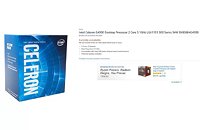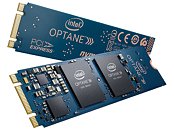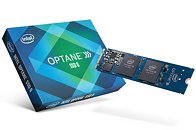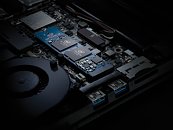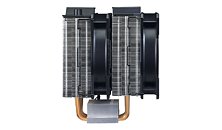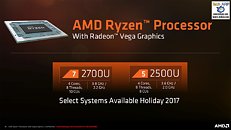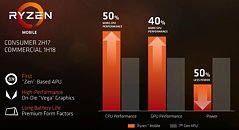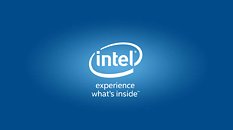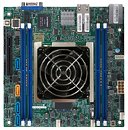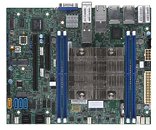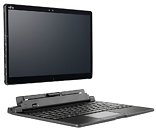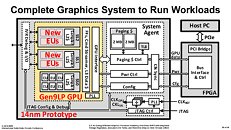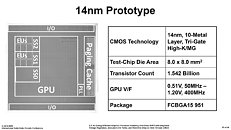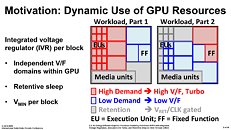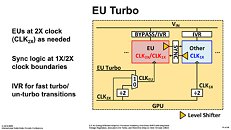
Hardware-based Protection Coming to Data Center and PC Products Later this Year: Intel CEO
Intel CEO Brian Krzanich penned (or signed) a blog post today where we went on to describe all of the steps his company took after knowing of the disclosed vulnerabilities by Google Project Zero (which gave Intel more than 24H notice). In the blog post, he acknowledges there's still much work to be done, but assures customers of security's importance to Intel. For one, 73 days after the vulnerabilities were made public, Intel is now done with software mitigations: all of Intel's last five years worth of CPUs now have in production patches.
The CEO also vowed that hardware solutions will be deployed on newly produced Intel processors by the end of 2018 - these will hit the company's next iteration of Xeon scalable processors (Cascade Lake) and will be deployed to 8th Gen Coffee Lake processors as soon as the second half of this year. The blog post follows.
The CEO also vowed that hardware solutions will be deployed on newly produced Intel processors by the end of 2018 - these will hit the company's next iteration of Xeon scalable processors (Cascade Lake) and will be deployed to 8th Gen Coffee Lake processors as soon as the second half of this year. The blog post follows.


